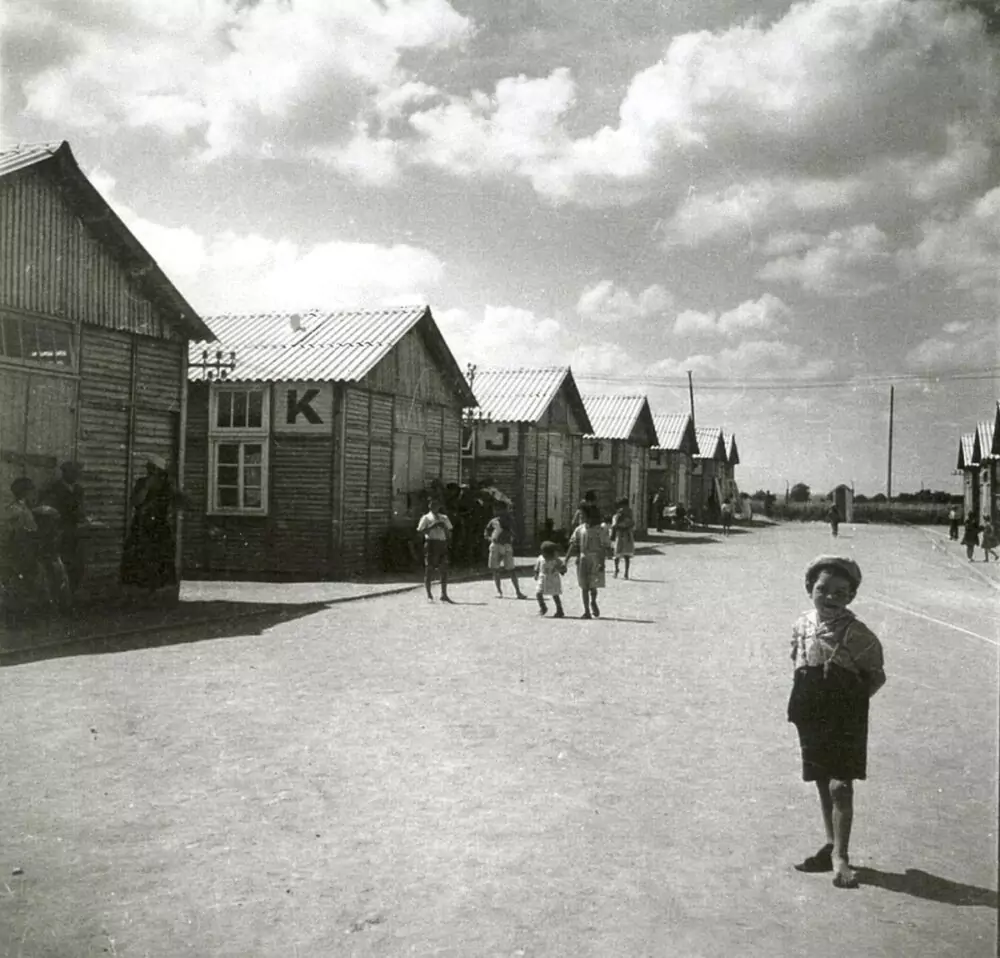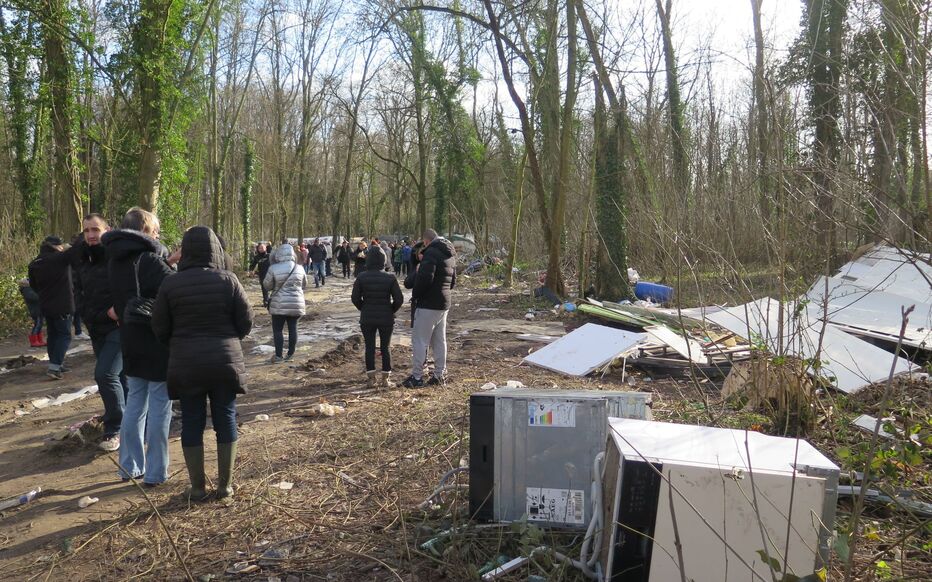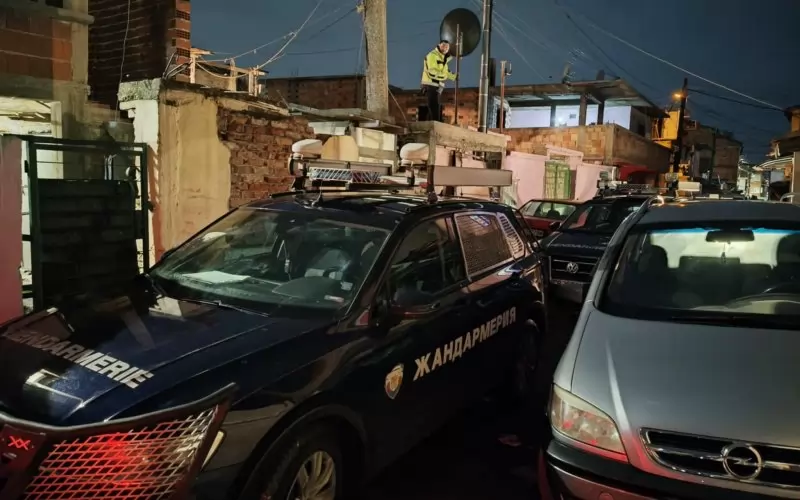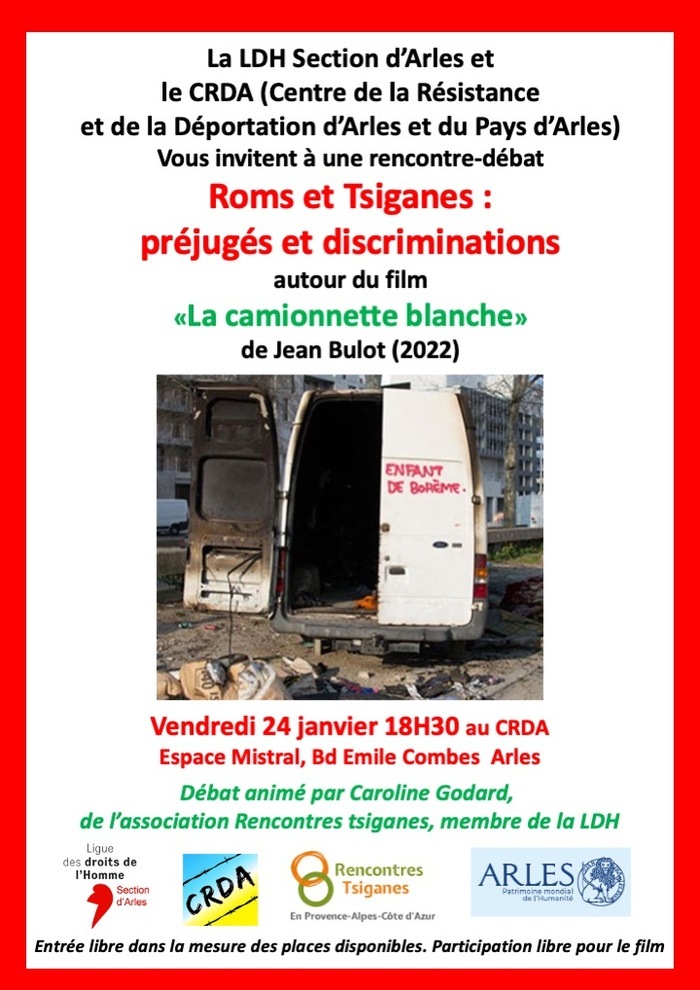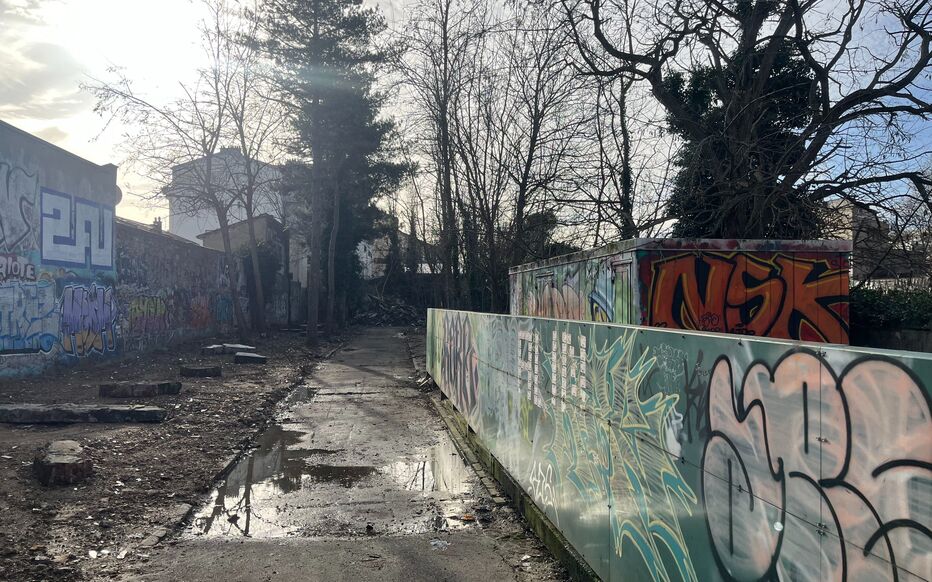In Nanterre and Aulnay-sous-Bois in the Paris suburbs, more illegal Rroma settlements were evicted following court decisions. The settlement in Nanterre housed 300 to 400 people and was located on a wasteland near a highway and a railway line. When the security forces started the evacuation, there were still about 150 people present on the premises. The prefecture of Nanterre said they had pre-booked 123 hotel beds, from which only nine people wanted to make use of. The lawyer of the Rroma, Julie Launois-Flacelière, applied to the European Court of Human Rights and called for the suspension of the evacuation. However, this had no effect. The city council communicated that maintaining a slum near a highway was not desirable either for the affected families or for the city. In Aulnay-sous-Bois an informal Rroma camp was also evicted. It encompassed about 400 people, including around 100 children, the majority of Romanian origin. François Siebecke, from a local charity, criticised that months of work for the children’s schooling and access to medical care had been destroyed by the eviction. According to the prefecture of Aulnay-sous-Bois, none of the displaced persons demanded alternative accommodation. In the summer months, the number of evictions usually rises significantly. On one side, this has to do with seasonal factors, since one usually admits the residents of the settlements a limited right to remain because of cold winters. On the other hand, some judges consider the enrolment of Rroma children in their decisions and wait with the evictions until the school year has ended (compare Hubin 2014, Le Parisien 2014 Libération in 2014, RTL France 2014). It has to be emphasized that the governmental evacuations of informal settlements significantly complicate a long-term integration of the Rroma migrants. Although the forced evictions solve the short-term problems of the local communities, the actual problems for those affected still remain. Mostly, after a very short period, new informal camps are established at other locations. Through the media focus on illegal settlements, the public gets the impression that there are only Rroma belonging to the lower class, who are poorly educated. However, according to assessments of the Rroma Foundation, an estimated 100,000 to 500,000 invisible Rroma live in an integrated and unobtrusive way in France, many since several generations. They are totally disregarded in the public debate. Rroma should not to be equated with an underclass. They belong to all social classes.
- Hubin, Florence (2014) Cinquante familles roms évacuées de Nanterre. In: Le Parisien online vom 30.7.2014. http://www.leparisien.fr/espace-premium/hauts-de-seine-92/cinquante-familles-roms-evacuees-de-nanterre-30-07-2014-4035857.php
- Le Parisien (2014) Nanterre : le camp rom évacué au petit matin. In: Le Parisien online vom 29.7.2014. http://www.leparisien.fr/hauts-de-seine-92/nanterre-le-camp-rom-evacue-au-petit-matin-29-07-2014-4035279.php
- Libération/AFP (2014) Deux campements de Roms évacués en région parisienne. In: Libération online vom 29.7.2014. http://www.liberation.fr/societe/2014/07/29/deux-campements-de-roms-evacues-en-region-parisienne_1072490
- RTL France (2014) 800 Roms évacués de leurs campements à Nanterre et Aulnay. In: RTL France online vom 29.7.2014. http://www.rtl.fr/actu/societe-faits-divers/800-roms-evacues-de-leurs-campements-a-nanterre-et-aulnay-7773487966
